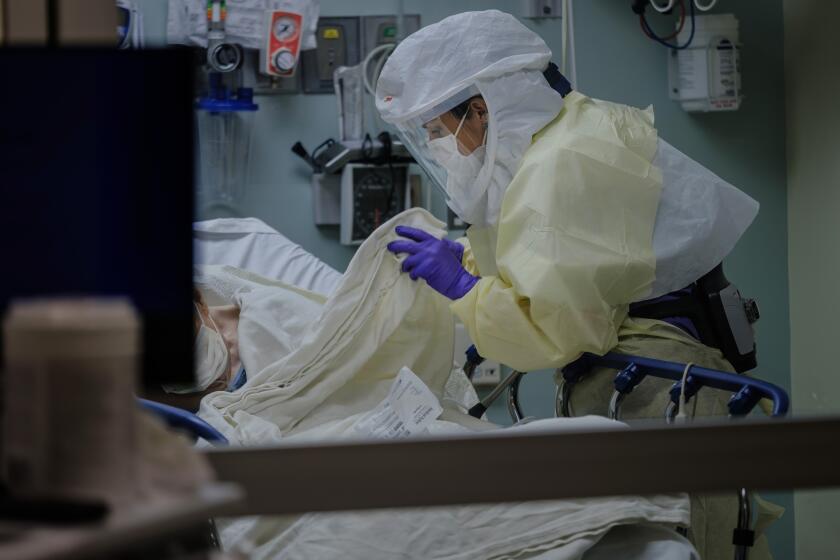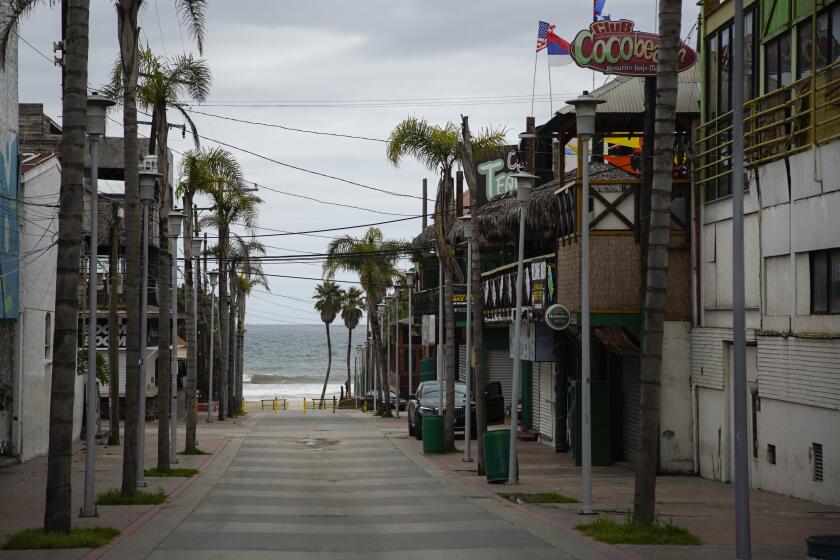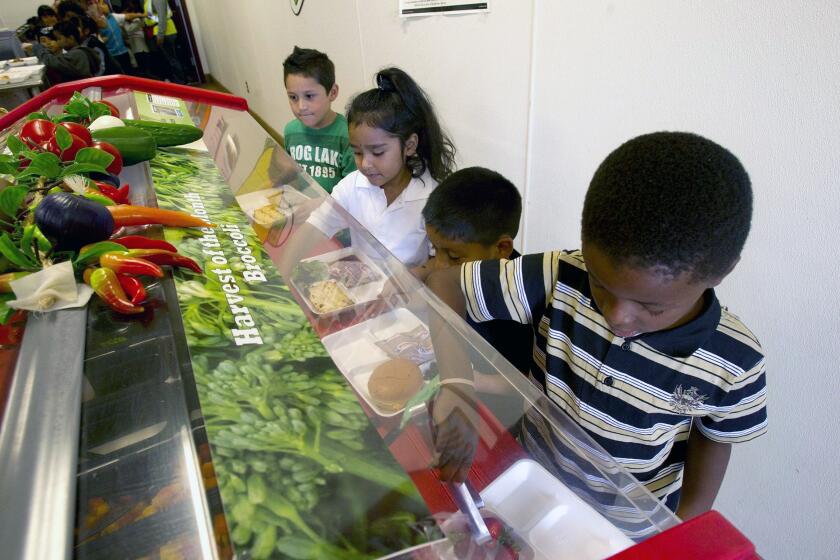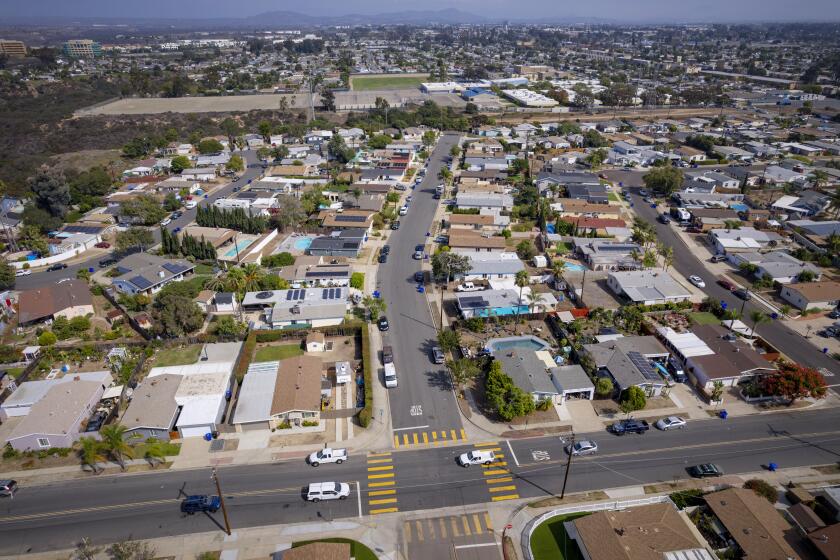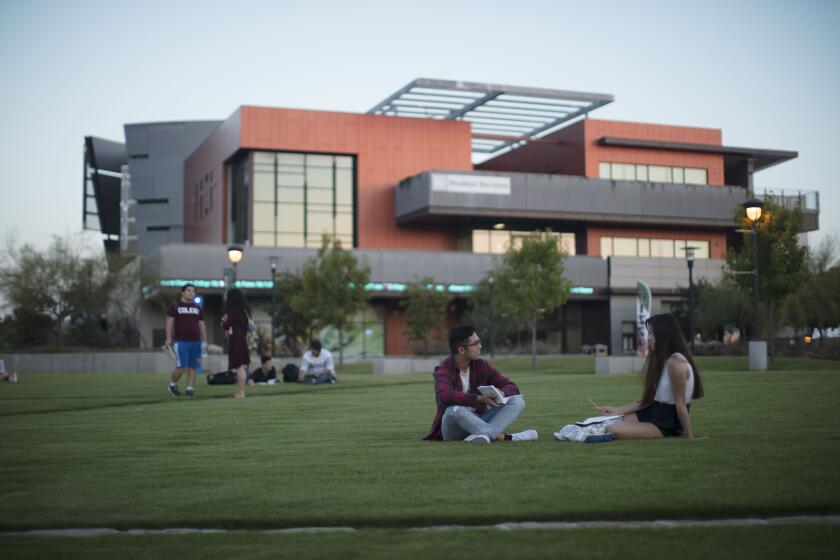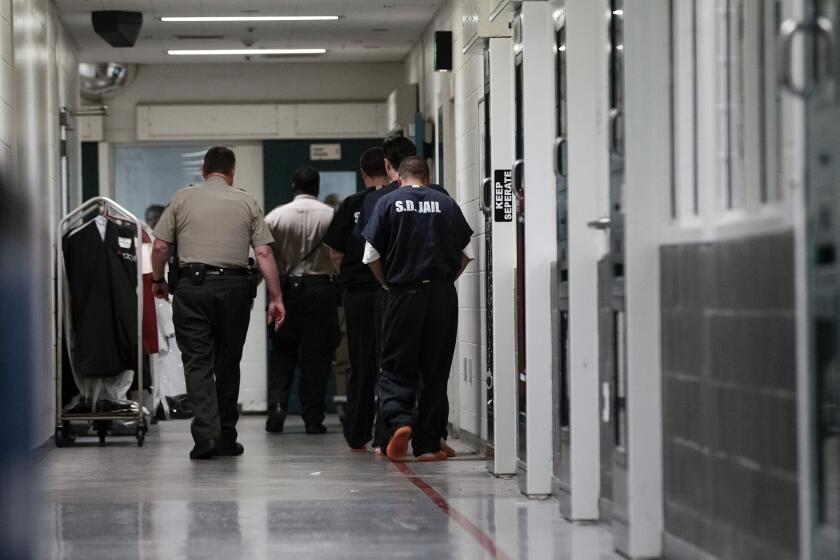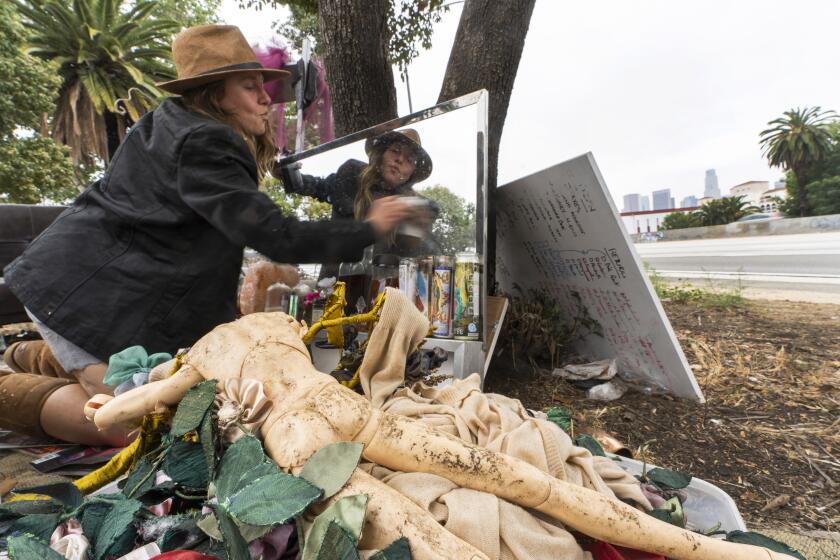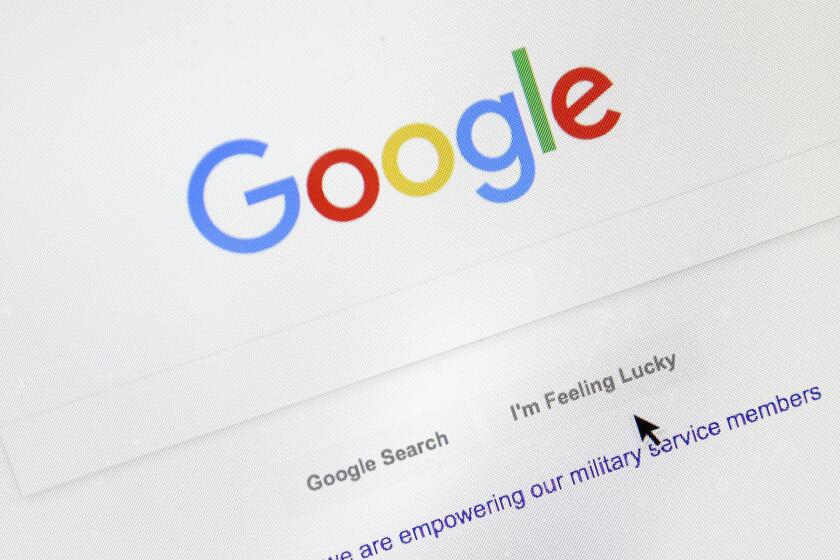Commentary: We were learning about coronavirus in medical school. Now we’re living it.
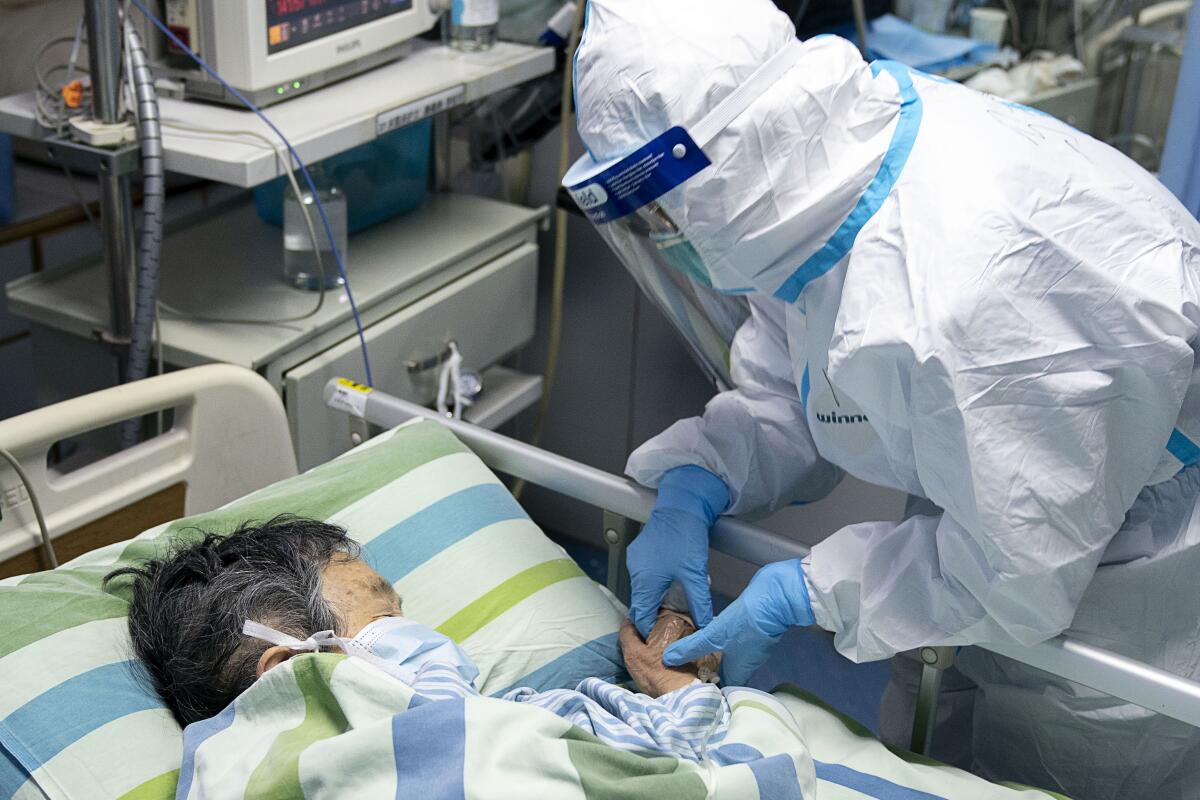
Late in January, I had a presentation for my first-year medical school class on infectious diseases. The topic was public health emergencies of international concern, a phrase used by the World Health Organization to describe globally threatening disease outbreaks such as SARS, swine flu and Ebola.
My section of this presentation was devoted to the novel coronavirus from Wuhan, China. At the time, we didn’t have a name for it.
My slides showed photos of empty cities, depleted grocery stores and overwhelmed hospitals. Even as I told my classmates of the unprecedented quarantine and economic fallout in China, it didn’t register as a possibility that the United States could face the same fate.
Soon after the presentation, the rigors of medical school took over my focus again. The virus became a headline in the background as I studied through dermatology and hematology.
And then, in mid-March, the new coronavirus and the disease it causes, COVID-19, roared into relevance once again. Classes were canceled for the year. And, in a now-universal narrative, I booked a same-day plane ticket, headed back home with a fellow classmate, both flying to San Diego.
Our suitcases were full of pasta and toilet paper.
Read more personal coronavirus stories:
During the coronavirus pandemic we should ask ourselves what we are doing for others
An expatriate living in Baja California, Mexico, near Rosarito Beach explains how he’s seen his community taking coronavirus seriously.
Afraid of bringing home the virus and thoroughly terrified by the case reports out of China, we disinfected everything and cleaned our hands obsessively. Our sense of constant stress was a strange contrast to the normalcy everyone else seemed to exude. Didn’t they know there was a pandemic brewing?
As we left, one flight attendant saw our surgical masks and made it a point to claim that masks wouldn’t prevent the virus. Another rolled his eyes at us. “Better safe than sorry,” we said.
I stripped off my outer layer of “airplane clothes” before getting in my mother’s car and sat in the backseat, wrapped in a tarp with the windows rolled down. For two weeks in March, I kept myself isolated in my room.
Since then, I’ve been adjusting to virtual medical school.
It’s a strange time to be entering the world of medicine. There’s a pervading feeling among my peers that our discipline is undergoing a crisis that we aren’t yet equipped for. And with that, there’s a sense of helplessness.
After a year, we know some of the basics. We’ve worn in our white coats and learned how to run through patient exams and interviews, but we haven’t been trained through clerkships. In the hospital, first-year students could be a clinical liability and a potential infection vector more than an asset.
Many of us strive to help how we can. We advocate for resources to be allocated to our hospitals and for low-risk nonviolent offenders to be released from prisons. We ask for additional attention to issues of addiction, domestic abuse and homelessness at this time.
Many peers have even helped create personal protective equipment for the hospital, and others have organized community support efforts.
Even as we try to contribute, our thoughts are with our professors and peers.
We’ve been taught by the same clinicians who are now overwhelmed with COVID-19 patients. Our medical school professors are role models and mentors. We are aware that many are facing the danger of a pandemic under a nationwide shortage of personal protective equipment.
Our peers face similar risks. Some medical schools are resuming clinical rotations. Others are graduating their fourth-year students early. A new cohort of physicians will soon enter residency in the midst of the outbreak. They are more than a workforce supplement, they are also our friends and colleagues.
The challenges we collectively face are daunting. I worry for my mentors and colleagues. But I am hopeful as well.
The world has never before seen this level of scientific cooperation towards a single goal. We’ve seen rapid acceleration of traditional vaccine development strategies and innovation across industries to improve care.
We are building the means to confront this crisis, but we must use them intelligently. Treatment and testing regimens must be made available to patients of all income levels, and they should be deployed at the guidance of public health experts.
Judicious use of our tools of surveillance and public health will allow the country to start safely again. Until then, evidence-based decisions by our policymakers will guide us through this crisis, and we all have an important role in advocating for one another.
Crane is a student at Baltimore-based Johns Hopkins University School of Medicine. He currently lives in Valley Center with his family.
Get Weekend Opinion on Sundays and Reader Opinion on Mondays
Editorials, commentary and more delivered Sunday morning, and Reader Reaction on Mondays.
You may occasionally receive promotional content from the San Diego Union-Tribune.
